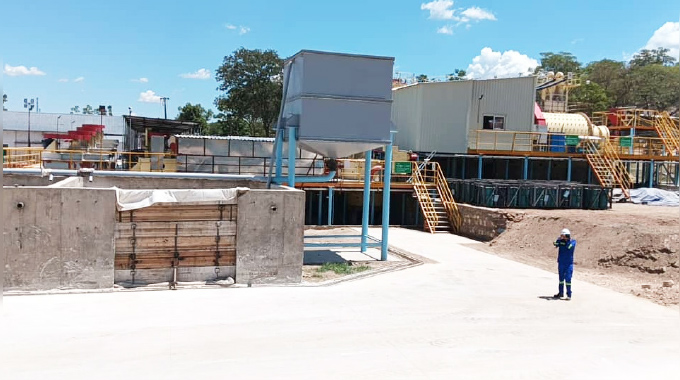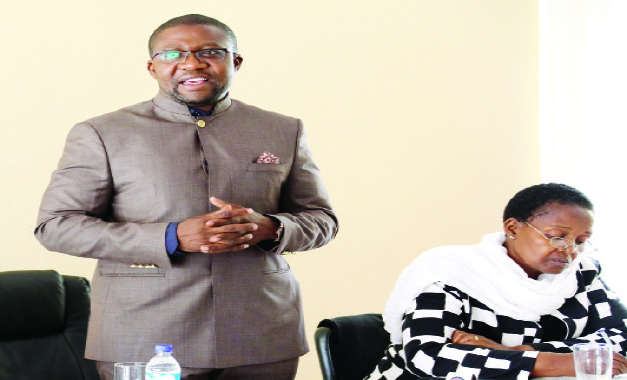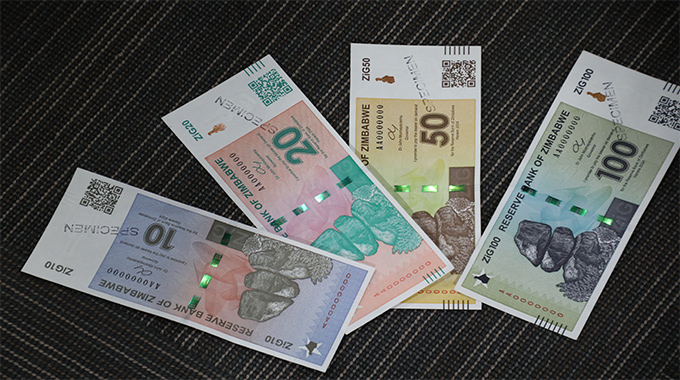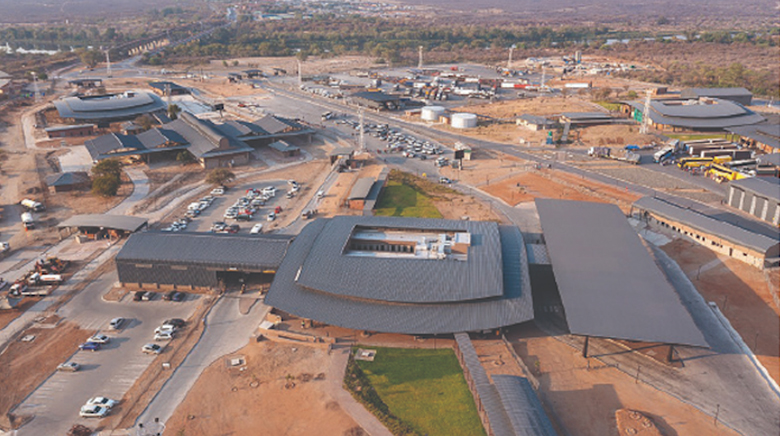Kamativi Mine to galvanise Matabeleland North transformation

Mashudu Netsianda in Hwange
THE official commissioning of the new lithium mining project in Kamativi, Hwange District, by President Mnangagwa today is expected to add new impetus to the ongoing transformation of Matabeleland North Province with positive spin-offs spreading towards the revitalisation of Bulawayo industries, economic experts have said.
Following the establishment of the massive lithium project by Kamativi Mining Company (KMC) and a similar project in Gwanda and Insiza Districts in Matabeleland South, analysts say Bulawayo is in a prime position as the epicentre in terms of tapping into the battery value chain, which could broaden the city’s manufacturing influence.
The Second Republic’s comprehensive reforms have facilitated the growing interest in such integrated industrial-focused investment projects, which are set to transform the entire Matabeleland region and reverse the historic marginalisation perceptions.
For Matabeleland North, its vast coal and lithium mineral resources coupled with tourism, timber, gold and rich soils, have created opportunities for many locals. Hwange District alone has seen the expansion of mining investments in the last few years, with a growing focus on diversification towards coal value addition, and energy generation, which are set to enhance export prospects and job opportunities.
Industrialist and chief executive officer of the Association for Business in Zimbabwe (Abuz), Mr Victor Nyoni, said Bulawayo as the economic epicentre of the Matabeleland region stands to benefit more from the lithium mining activities in the region.
“It’s exciting that we have these lithium investments and other concerns, which had not been operational for a long time. One important thing that is important for Bulawayo is that some of the companies in the city selling consumables by these mining concerns will have their revenues responding positively in the context of more materials being bought,” he said. “Batteries have been generally quite expensive compared to other countries in the region and we think the coming of lithium will help bring down the price of batteries, as more players are likely to come into the battery value chain, which will bring the prices down and make the economy more fluid.”
Mr Nyoni said lithium mining will boost business in Bulawayo, and create jobs in the city.
“We also have consulting firms located around Bulawayo that give mining advice to these companies and they stand to benefit from the operations of these mining companies such as Kamativi,” he said.
“It will boost business in the city, and we also think that employment will spread, not just in the districts where these mining companies are operating, but right into Bulawayo and our people will benefit in terms of more purchasing power.
“The opening of these mines is extremely important for us as it also feeds into the economic ecosystem that revolves around Bulawayo.”
Bulawayo businessman and economic analyst, Mr Morris Mpala, said the second-largest city is primed to be a processing hub for all the minerals coming from the region.
“If we are to reindustrialise Bulawayo, we need to go back to the old model of having all these minerals being processed in the city. The commissioning of the new lithium mining investment project in Kamativi is a positive development for Bulawayo in terms of high-end labour,” he said.
“We have institutions like the National University of Science and Technology, which should be involved in terms of processes that have to do with science and technology.
“In Matabeleland North, the investment is a morale-booster and locals will have jobs and infrastructure such as roads, some of which have been named after the local traditional leader, Chief Whange.”
Mr Mpala said the lithium investments in Kamativi will help Zimbabwe achieve the targeted US$12 billion mining economy.
“There will be a lot of buying power within the area, which is good for development. It will also help achieve the US$12 billion mark in terms of mining because it feeds into the whole thing,” he added.
“Generally, the local GDP will change and we have some locals who also benefited from the contracts, which is good for the local economy.”
Chief Nekatambe under whose jurisdiction Kamativi falls, said lithium investment has transformed lives for the local community.
“This project is a positive development for us. It has created employment for locals and 80 percent of the workforce is drawn from the local community,” he said.
“People have started reaping the economic benefits from this lithium project. We are thankful to the Second Republic for the re-engagement efforts.
“The mining company had drilled boreholes and equipped a local school under Chief Pashu. We are looking forward to working with the investor in uplifting the lives of our people. Mat North is witnessing an economic boom because of mining investments.”
Under the US$12 billion mining roadmap, lithium is expected to contribute US$500 million while other minerals will contribute US$1,5 billion. The Government expects that by 2030, the mining industry will be generating upwards of US$20 billion.
KMC started operations in 2019 and is focused on lithium exploration, mining and processing within Kamativi, a former tin mine, which closed in 1994 when international prices of tin plummeted to unsustainable levels. At the time, the tin mine employed 3 000 workers and still had a lifespan of 40 years.
The Second Republic under President Mnangagwa is resuscitating the mine through its engagement and re-engagement drive. KMC has re-opened the mine and expects to invest a total of US$249 million, this time exploring lithium and not tin.
About US$100 million has already been deployed into the project. KMC is a Joint Venture Company, which is operated and controlled by Sichuan PD Technology Group, a subsidiary of a Chinese Listed entity, Yahua Group. The local Joint Venture Partner is Defold Mine (Private) Limited.












Comments